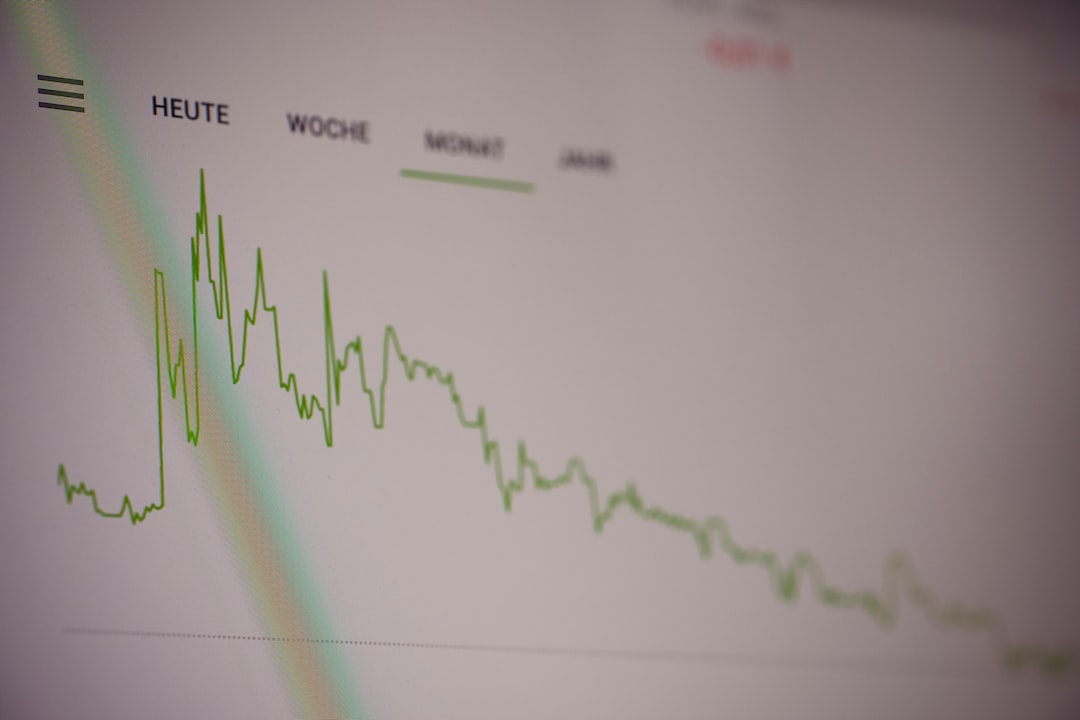Forex automated trading has become increasingly popular in recent years, thanks to advancements in technology that have made it easier and more accessible than ever before. Automated trading systems use algorithms and computer programs to execute trades automatically, without requiring human intervention. While this can be a great way to take advantage of market opportunities and increase profits, it is important to understand when to close a trade to minimize losses.
When it comes to automated trading, there are two main types of strategies: trend-following and mean reversion. Trend-following strategies aim to identify and follow the trend in the market, while mean reversion strategies aim to identify when the market is overbought or oversold and trade against the trend. Both strategies have their advantages and disadvantages, and the decision of when to close a trade will depend on the specific strategy being used.
In general, there are two main ways to close a trade in automated trading: using a stop loss order or a take profit order. A stop loss order is an order placed with a broker to sell a security when it reaches a certain price. This is a way to limit losses and prevent the trade from going too far against you. A take profit order is an order placed with a broker to sell a security when it reaches a certain profit level. This is a way to lock in profits and prevent the trade from reversing and erasing gains.
In trend-following strategies, the decision of when to close a trade will depend on the strength of the trend. If the trend is strong and shows no signs of slowing down, it may be best to let the trade run and use a trailing stop loss order to protect profits. A trailing stop loss order is an order that is placed at a certain distance away from the current market price, and it moves up as the market price moves up. This way, if the market price starts to reverse, the stop loss order will be triggered, and the trade will be closed automatically.
If the trend starts to weaken or shows signs of reversing, it may be time to close the trade and take profits. This can be done using a take profit order. It is important to set the take profit level at a reasonable level, taking into account the current market conditions and the potential for the trend to continue.
In mean reversion strategies, the decision of when to close a trade will depend on the strength of the reversal. If the reversal is strong and shows no signs of slowing down, it may be best to let the trade run and use a trailing stop loss order to protect profits. If the reversal starts to weaken or shows signs of reversing again, it may be time to close the trade and take profits. This can be done using a take profit order.
It is important to remember that automated trading systems are only as good as the strategies they are programmed to execute. It is important to test and refine strategies to ensure they are effective and profitable over the long term. It is also important to keep an eye on the market and make adjustments to strategies as needed to take advantage of changing market conditions.
In conclusion, when it comes to Forex automated trading, the decision of when to close a trade will depend on the specific strategy being used. In trend-following strategies, it is important to let profits run and use a trailing stop loss order to protect gains. In mean reversion strategies, it is important to take profits when the reversal is strong and shows no signs of slowing down. By using stop loss and take profit orders, traders can manage risk and maximize profits in automated trading.





